How to Use Indoor Greenhouses to Grow Year Round
Indoor greenhouses are used by my many dedicated gardeners to keep the flowers and/or vegetables coming year round.
- If you have spent even a little time trying to keep up with large flowerbeds or vegetable gardens you probably already know that there are some seasons of the year when all the beauty fades away and there isn't much to look at.
- Small greenhouses designed to work indoors can solve this problem.
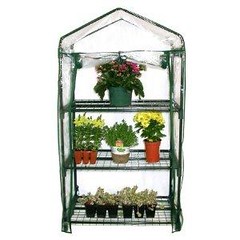
How to Seed Germination Advice
You can save a lot of money if you buy seeds rather than plants.
- This is a basic rule of gardening that everyone learns right away when taking up the hobby. Unfortunately, not everyone knows how to germinate seeds properly.
- If you have ever tried to do it in a Ziploc bag or on your windowsill you have probably watched more seedlings die than flourish into mature plants.
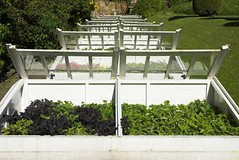
The problem isn't your not-so-green thumb.
- It is the environmental conditions inside your home.
- Most seeds need a particular humidity level, temperature, moistness, and level of light to successfully grow into a plant you can put out in the flowerbed or garden.
- You can't control for all of those factors when you just set the seeds up on your windowsill.
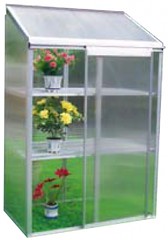
That is, you can't control for those factors unless you have an indoor greenhouse on hand.
- There are some very basic models designed to sit on the windowsill so proper amounts of light are received by the seeds and later the seedlings.
- Indoor greenhouse kits control the humidity so the seeds and seedlings stay moist for longer periods of time.
- Some may even come with a heating element to control the temperature.
- The heating element may not be necessary if you have newer windows, but with old windows that allow a draft in the wintertime you would be better off with a heating element.
You can also find some larger sized indoor greenhouses that would be better for growing beyond the seedling stages.
- Some people also use the windowsill greenhouses to get their seeds started, then they transfer them to their homemade DIY greenhouse kits so they can grow up taller.

Growing Indoor Plants
Indoor greenhouses can also be used to grow plants that you just want to look at indoors. It doesn't always have to be about beautifying the outdoors! You can use these greenhouses to beautify the inside of your home as well.
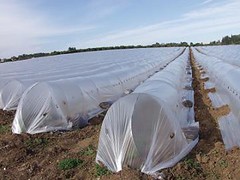
Winterizing Fragile Plants
Indoor greenhouses may also help with fragile plants that are not hardy enough to survive winters where you live. You can keep these plants in pots and bring them indoors for placement in the greenhouse during the coldest months. When it is safe for the plants you can move them back outdoors where they really want to be.
- This may not work for all plants and you will have to place your greenhouse in a location where adequate amounts of sunlight will be received.
- If conditions can be kept just right your fragile plants may survive the winter and go on to beautify your yard another year.
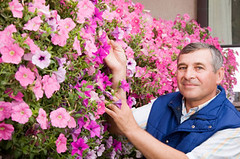
Indoor greenhouses are inexpensive and can be tons of fun to play around with.
- Professional greenhouse gardeners use them to keep their blooms going year round and novices use them to get better results with finicky seeds.
- They can solve many problems gardeners come up against and can be used for many different purposes.

That is really impressive article. The points mentioned in the article are very useful and work full. Your sharing will definitely help the person who are associated this type of greenhouse work. Keep sharing your article.
ReplyDeleteThanks